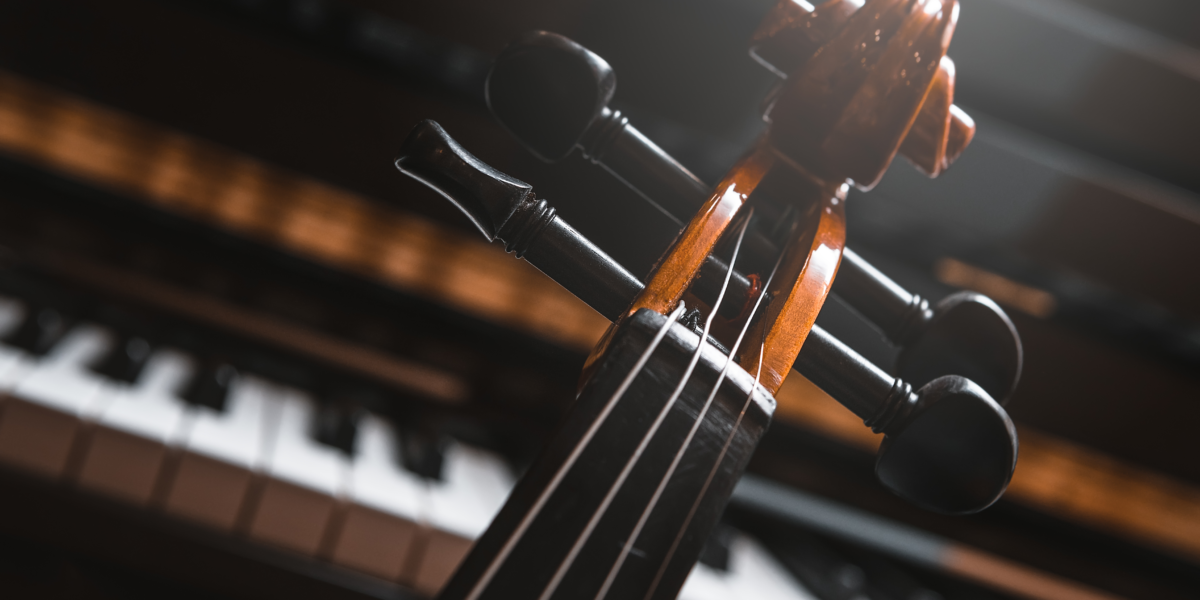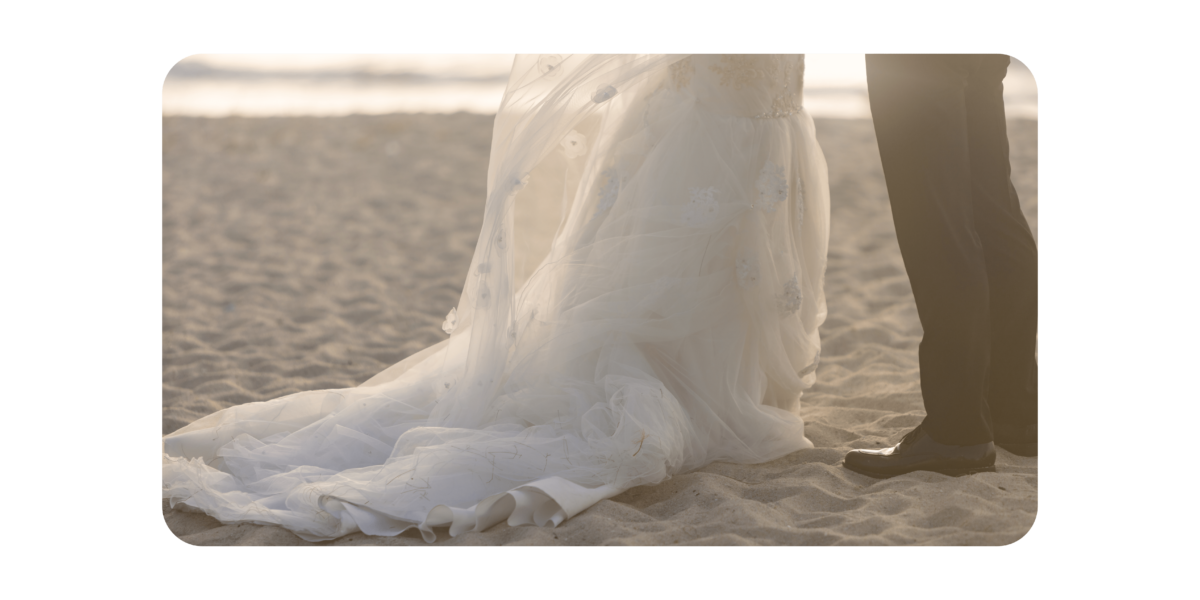How to Play Canon In D on The Piano

In this article, you will learn how to play the famous song Canon in D by Johann Pachelbel on the piano in an easy way (sheet music included).
When you hear Pachelbel’s Canon in D, you probably start looking around for the bride. This music is synonymous with weddings and is an easy classical tune to play on the piano.
However, Pachelbel’s baroque melody didn’t become a hit overnight. It took a few hundred years for it to gain popularity.
So, how did this song become popular, and how do you play Canon in D on the piano?
What is the Canon in D? A bit about the piece
The Canon in D Major is Johann Pachelbel’s one-hit wonder. He wrote it around 1680 in the Baroque era. It stayed buried for 100 years.
While the piece is familiar to the ear, some details about its history may surprise you. Here are some facts to know about the Canon in D:
- The German composer, Johann Pachelbel, is the composer of this piece
- Canon in D is one movement in a two-movement piece
- It is a Baroque-era piece
- Three violins and basso continuo are the principal instruments
- It was not written as a wedding song
Let’s see how Pachelbel’s piece stands out from other classics.
Why is Canon in D so popular?
Canon in D wasn’t widely popular in Pachelbel’s day. It wasn’t even intended to be a wedding song. In the 1960s, Canon in D started making its splash into popularity. Much of this rediscovery was due to the French conductor Jean-Francois Paillard. Paillard published Canon in D in 1968, and his track inspired many other musicians to follow suit.

Now, Canon in D’s popularity ranks up there with Wagner’s Here Comes the Bride. Rumor has it that Pachelbel wrote Canon in D as a wedding gift for his student, the older brother of the famous Johann Sebastian Bach. However, the composition is not a wedding march.
So, how did it become such a wedding hit? No one knows exactly how this trend took off. Some suggest that Canon in D has religious connections in classical circles. Some think it’s because Princess Diana and Prince Charles played a Baroque song at their wedding, and so others started choosing Baroque tunes. Or, some may just use it because it sounds poignant and is an alternative to other overused wedding marches.
Although wedding trends are currently moving more and more toward trendy pop songs, it’s safe to say that Pachelbel’s piece, Canon in D, won’t soon be forgotten.
How to play Canon in D on the piano?
Canon in D is in the key signature D major. You only have two sharps to worry about in this key signature: F# and C#. This simple key signature already makes this piece easier to learn than many famous classical pieces.
Canon in D contains both major and minor chords. These chords are diatonic, which relates to the original key signature. The chords in Canon in D are A major, B minor, F# minor, G major, D major, G major, and A major. This chord progression lasts for four measures and then repeats itself.
Check out Piano Chords for Beginners: A Simple Guide for more tips on playing basic chords.
As you play through the piece, keep a smooth legato pace throughout. You can add depth and feeling by building volume and then minimizing it with crescendos and decrescendos. Try it hands separately first until your fingers have the notes down. Then slowly put the piece together.
Try these Left Hand Piano Exercises to Help Your Hands Cooperate to build more strength and agility in your left hand.
The simple key signature, repetition of the chords, and steady legato pace make the Canon in D easy for beginning piano players to learn!
We’ll answer other common questions about this Baroque piece so you know what to expect when you sit down to play.
Is Canon in D written for the piano (and what is basso continuo)?
Many classical composers, like Beethoven, wrote pieces for just the piano or harpsichord. However, in the baroque period, string quartets were a big deal. So, is Canon in D originally a piano piece, or did modern musicians adapt it for the piano?
The original Canon in D composition notes that this piece is for three violins and basso continuo. The Italian term basso continuo does not refer to a stringed bass instrument.
A basso continuo usually includes a stringed instrument with deep notes, such as a cello or bassoon. These instruments work in tandem with a harpsichord, lute, or organ.
The piano is the updated version of a harpsichord. So, yes, Canon in D was written for the piano in combination with strings.
What is a canon?
The complete title of the piece we know as Canon in D is Kanon und Gigue in D-Dur für drei Violinen und Basso Continuo. Canon in D is only the first half of a piece, and the second movement is a jig.
A canon in musical terminology is a counterpoint melody. Essentially this is just a round like, “Are you sleeping, Brother John?” One musical phrase begins the tune, and then another instrument echos it. You can hear the repetition and overlap of the violin section in Canon in D. The melody line layers and builds to create an emotional piece.
What are the elements of Baroque music?
We’ve all heard, “If it ain’t Baroque, don’t fix it.” But what should you do when a piece is Baroque?
Baroque music usually includes some of the following characteristics:
- Smooth melody lines with ornamentation
- A fast, upbeat movement
- A homophonic melody line layered with polyphonic textures
- Expressive contrasts in tempo and volume
- An echo effect
- A basso continuo section
Canon in D showcases many musical techniques from the Baroque period, including the smooth melody, echoing musical lines, crescendos and decrescendos, and alternating loud and soft dynamics. As you play this Canon in D, these techniques allow you to create an expressive musical piece for the audience.
Ready to play?
It’s safe to say that Canon in D is one our ears quickly recognize. Now that you know more about this piece’s origin and structure, you can add musical depth as you play it on the piano.
Download a free copy of the sheet music to start playing Canon in D today.
Johann Pachelbel will be proud that his musical masterpiece is not forgotten.









